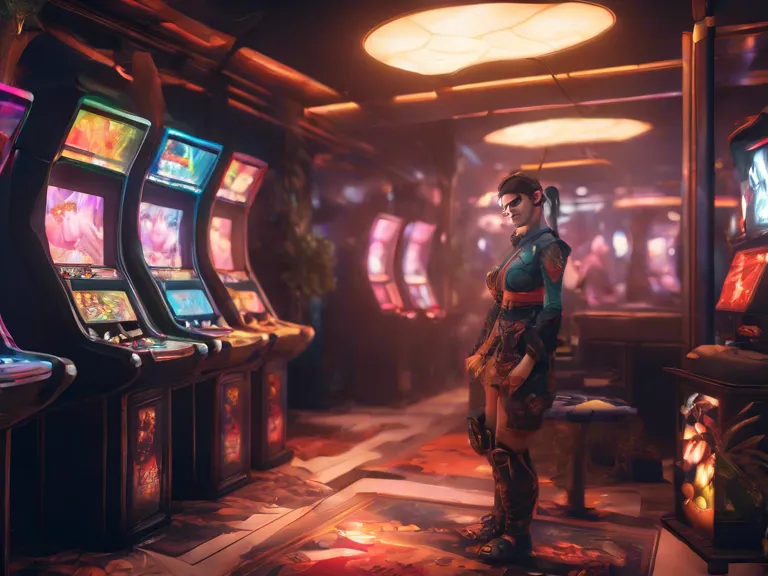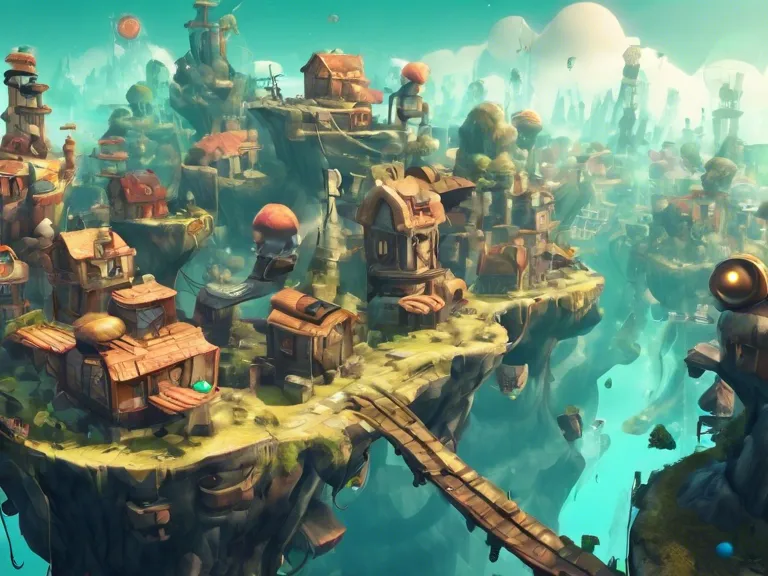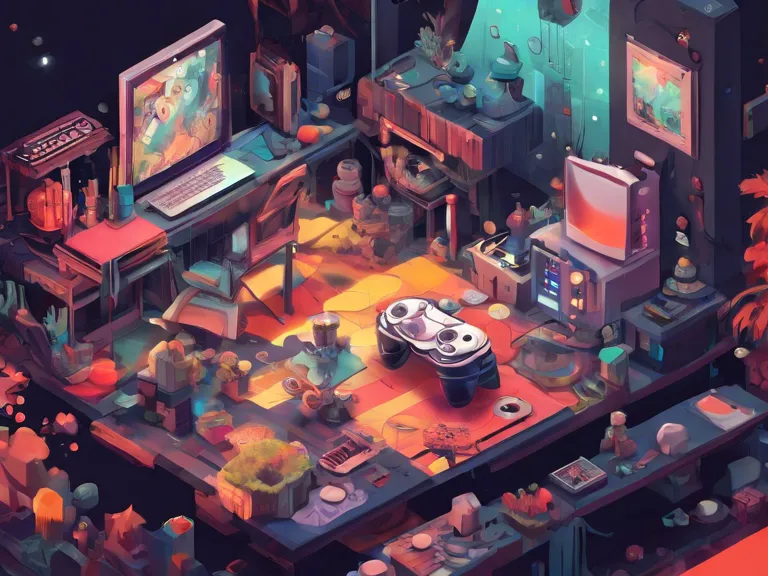
In recent years, the world of gaming has seen a surge in artistic innovations that blend traditional and digital mediums. From hand-drawn animations to realistic 3D graphics, game developers have been exploring new ways to combine different art forms to create immersive and visually stunning gaming experiences.
One example of this blend is the use of cel-shading in video games. Cel-shading is a technique that mimics the look of hand-drawn animation by using shading to create bold outlines and flat colors. This aesthetic has been used in games like The Legend of Zelda: The Wind Waker and Borderlands, giving them a unique and eye-catching visual style.
Another innovation in gaming art is the use of motion capture technology to bring lifelike movements and expressions to characters. By capturing the movements of real actors and translating them into digital animations, game developers can create more realistic and emotionally engaging experiences for players.
Some games have taken the blending of traditional and digital mediums even further by incorporating physical elements into the gaming experience. For example, the game Tengami uses paper folding techniques to create a pop-up book world that players can explore, adding a tactile and interactive element to the gameplay.
Overall, these artistic innovations in gaming demonstrate the endless possibilities when traditional and digital mediums are combined. By pushing the boundaries of art and technology, game developers are able to create unique and memorable gaming experiences that appeal to a wide range of audiences.


